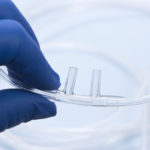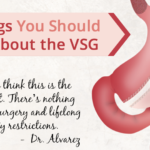Here are the average hourly wage and salary for Occupational Therapist in all 50 states, based on BLS data gathered in May 2017, listed in alphabetical order. … [Read more...] about Occupational Therapist average hourly wage & salary for all 50 states — NV tops the list at $102k
Cardiovascular Technologist average hourly wage & salary for all 50 states — Calif. tops the list at $72k
Here are the average hourly wage and salary for Cardiovascular Technologist & Technician in all 50 states, based on BLS data gathered in May 2017, listed in alphabetical order. … [Read more...] about Cardiovascular Technologist average hourly wage & salary for all 50 states — Calif. tops the list at $72k
Study Shows Oxygen Less Functional When Nasal Cannula Worn as Headband
ATTLEBORO, MA – A recent study shows that oxygen administration is significantly less effective for patients who wear their nasal cannulas as a headband. Nasal cannulas are traditionally placed inside the nares, possibly causing mild discomfort but allowing the necessary oxygen to freely flow directly into the body through the nose. However, patients have found new and … [Read more...] about Study Shows Oxygen Less Functional When Nasal Cannula Worn as Headband
14 Things You Should Know About the VSG
Pre-Op: 7 Things You Should Know About The VSG 1) Energy - The procedure gives those suffering obesity the option to live a better, healthier life. Imagine being 50, 75, 100 or even 150 pounds lighter. Would that make you feel better? I know it would. I hear it from my patients every day. They have the energy to bike ride, climb mountains and keep up with their kids and … [Read more...] about 14 Things You Should Know About the VSG
First ICU opened for men suffering from cold
There’s finally hope for the critically ill! The Münster University Hospital has set up an intensive care unit exclusively for the treatment of male patients suffering from coughs, colds, or even both. A specially trained team provides 24/7 care. This “long overdue treatment site”, as Chief Physician Dr Klaus Schaffers, MD, calls it, will primarily serve men between the … [Read more...] about First ICU opened for men suffering from cold



